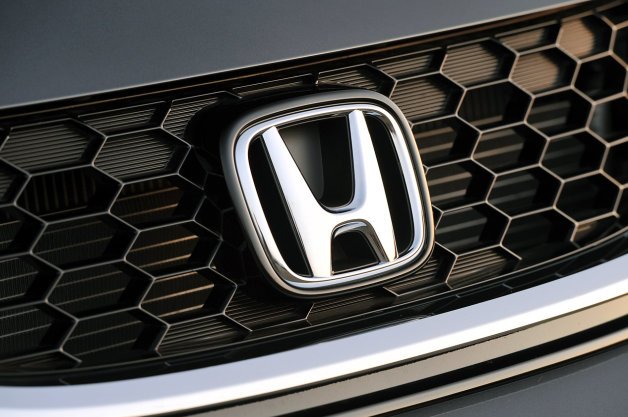After a bit more than 50 years of mass production, Honda has reached an important milestone - the Japanese company has produced its 100-millionth unit globally. Everything started in 1963, when the production of the T360 mini-truck and the S500 sports car began. Only a year later, the brand "employed all of the company's production technologies and know-how" and constructed the first Honda plant dedicated to automobile production. Shortly after, the iconic S600 roadster joined the assembly lines.
"Thanks to the support from our customers around the world, Honda was able to deliver 100 million automobiles," Takahiro Hachigo, president and CEO of Honda Motor, declared.
"The passion of our company founder who wanted to help people in their daily lives and pursue the joy of driving has been inherited by Honda associates as the original starting point of Honda automobile manufacturing. Striving to meet the next 100 million customers, Honda will continue delivering increasingly attractive products."
One of the most important factories for the automaker nowadays is the one located in Swindon, the United Kingdom, where the new Civic Hatchback is built and is exported around the world. Earlier this year, the company announced it will spend about $246 million for further upgrades at the plant.
Currently, the marque has 34 production facilities assembling vehicles across five continents. The brand is focused on its global SUV bestsellers, the HR-V and CR-V, and is also offering a range of compact and subcompact cars to its European customers. In the United States, Honda has even bigger portfolio, which also includes the Ridgeline, Pilot, Accord, and Odyssey.
Speaking of the latter, it is going to receive a brand new generation at the upcoming Detroit Auto Show in early January next year. Honda already released several official teasers for the family van and announced it will "feature new powertrain technology, sophisticated styling, and showcase a new suite of innovative features."
Nouvelles connexes



